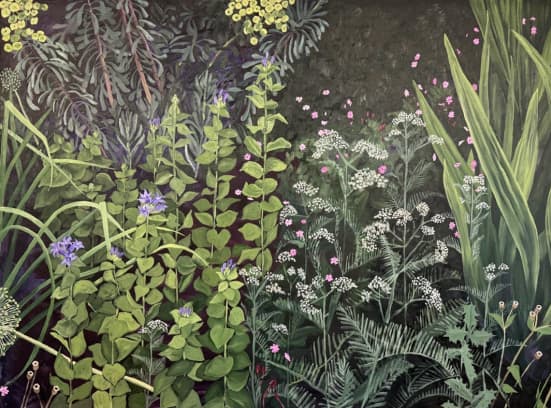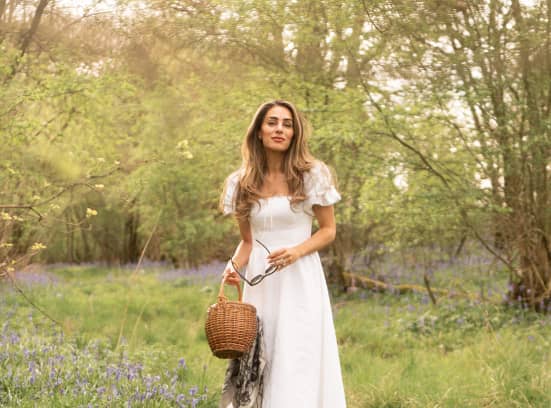I set our National Trust curators a challenge: I wanted to know just how much British history is crammed into the wonderful array of places we look after in and around Oxfordshire. There is a wealth of history to explore in the region and there’s something so powerful about immersing yourself in the sights and sounds of the past.
I knew we had the 20th century covered in the form of Nuffield Place, a modest Arts and Crafts gem of a house and garden near Henley-on-Thames. It was the home of Lord Nuffield, who started out as a bicycle repairer, then went on to become a motor-car mogul. After making his fortune with Morris Motors, he then gave much of it away to medical and educational charities.
Lord Nuffield has a place in the history of medicine and philanthropy but it’s the personal histories embedded in the places we look after which are often the most intriguing. One of my favourite things about Nuffield Place is the cupboard in Lord Nuffield’s bedroom, which is essentially a tiny, but extremely well-equipped tool shed. He liked to tinker in the night when he couldn’t sleep. He’d mend the soles of his shoes and the clocks of his staff who’d bring them from home and leave them outside his office to be fixed.
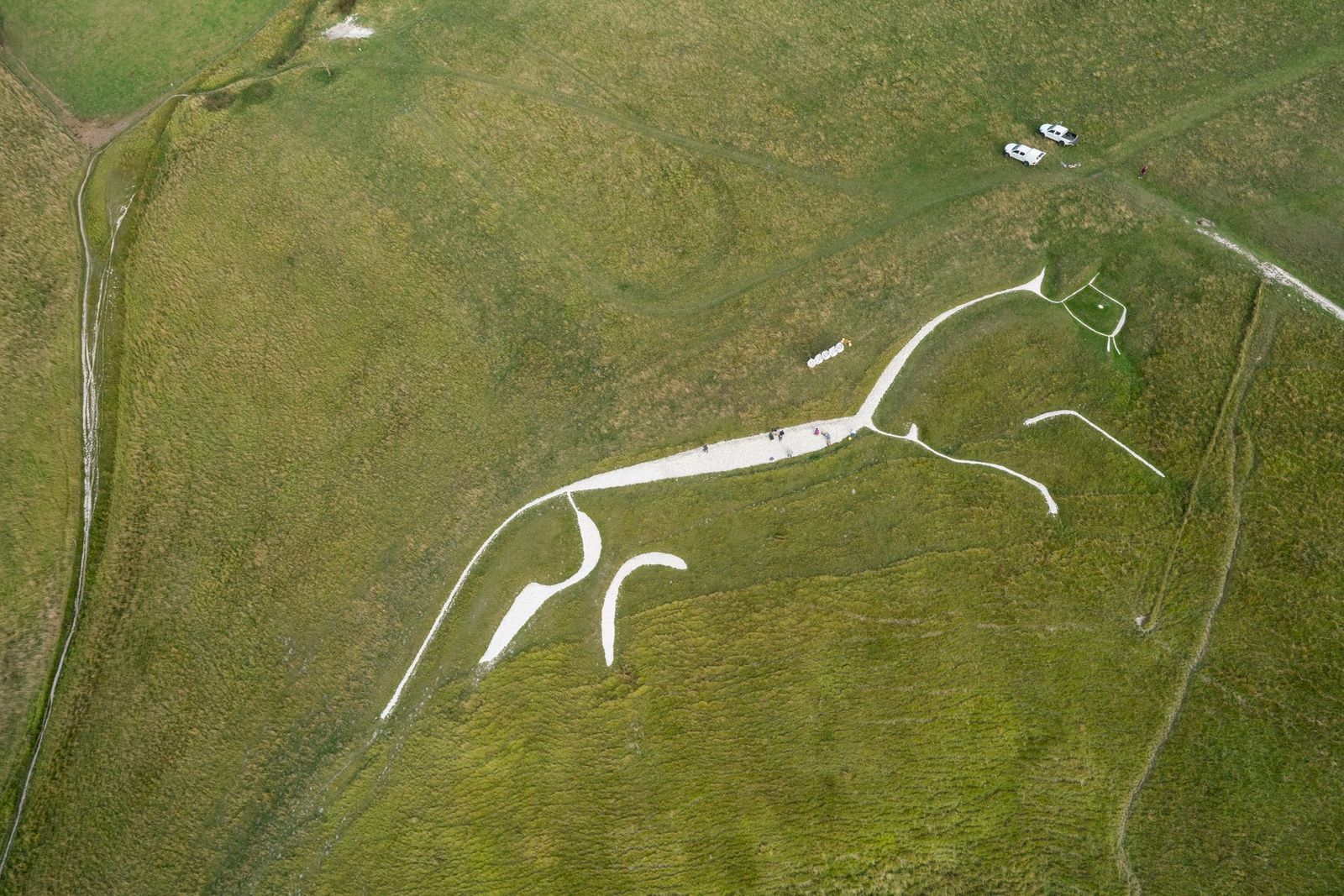
Aerial view of the White Horse at Uffington by Mike Calnan © National Trust
From the 20th century, we go to one of the most stunning monuments of prehistory in our county; White Horse Hill at Uffington. The giant white chalk horse is cut into the hillside and is visible from miles around. It’s thought to be be some kind of religious symbol from Iron Age, around the 8th century BC (give or take a century or two). From 1677 until the late 18th century, it was re-chalked every seven years as part of a scouring festival. The National Trust now re-chalks the Horse every August with the help of volunteers. Anyone can have a go at the chalking and play a role in preserving this ancient monument during the week-long event. There’s also an Iron Age Hillfort at White Horse Hill, along with Waylands Smithy, an atmospheric neolithic long barrow.
So, we have recent and ancient, but what of in between? There has been a manor house at Greys Court, near Henley-on-Thames for more than 1,000 years – but not the house you see today. That was built in in the Tudor period by Sir Francis Knollys and altered in Georgian times by the Stapletons. However, part of the Great Tower, which forms a corner of the walled garden, dates back to the 12th century. There’s evidence of interior decoration in the form of alternative bands of flint and clay tiles.
Greys Court is also home to cutting-edge 16th century technology to create a water supply. A donkey walking round a big ‘hamster wheel’ was used to pull up a full bucket of water from the well. This caught on an iron hook and then tipped the water into an overhead tank. It’s the largest surviving donkey wheel from this period and an exceptional example of vernacular engineering. It’s closed at the moment for conservation work, but should reopen later in the year.
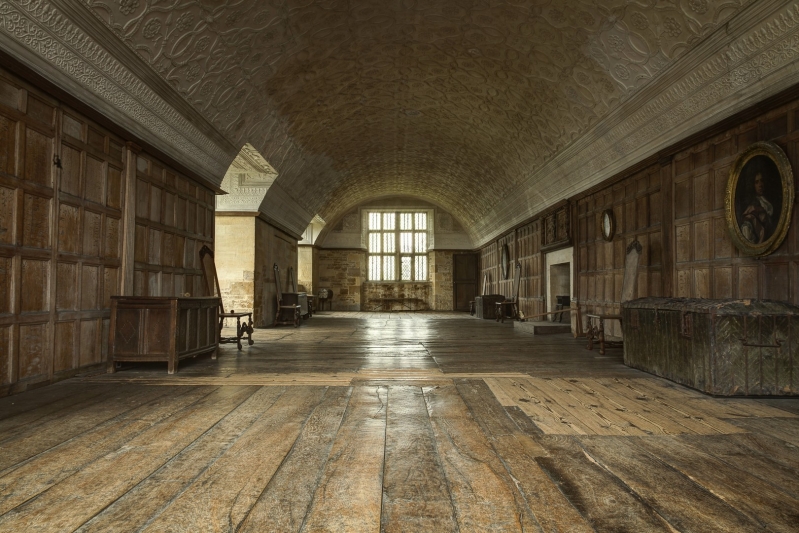
The Long Gallery at Chastleton House Oxfordshire by Peter Greenway ©National Trust
At the beginning of the 17th century, Jacobean country house, Chastleton was built. Nestled in the Oxfordshire Cotswolds near Moreton-in-Marsh, it is a remarkable place for historians to visit as it has remained virtually unchanged for more than 400 years. Its wealthy owners gradually became poorer, meaning the house was never updated. It also means much of the original furniture, tapestries and everyday objects remain. It’s a fascinating glimpse into the past.
Over in West Oxfordshire, Coleshill is a National Trust village packed with history. There used to be a 17th century manor house there which was requisitioned as the headquarters of the British Resistance Organisation, also known as the Auxiliers. The Auxiliers were a secret civilian army, trained to defend the country if it were invaded in the Second World War. In peacetime, they were farmers, mechanics or labourers. Chosen for their fitness and brave character, they were picked up and driven in secret to Coleshill in small cells of six. Coleshill was chosen for its seclusion. The auxiliers were trained completely in isolation in underground shelters – the villagers didn’t know, and neither did the Auxiliers’ families. The method of training is the blueprint for how covert operations are planned today.
There’s still a layer of that Second World War history at Coleshill in the form of a guard house and a replica of the underground bunker they trained in. Volunteer guides show visitors around in the Coleshill village open day, one Sunday a month from 16 April. There’s also an old flour mill and the historic parkland to explore.
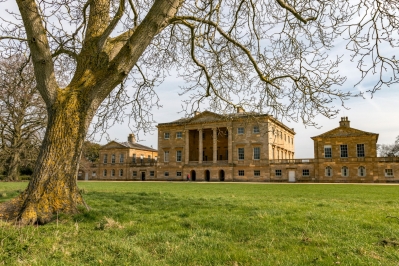
The West front of Basildon Park, Berkshire by Hugh Mothersole © National Trust
If you’re interested in the Georgians, Basildon Park, just over the border in Berkshire, is a pleasingly symmetrical Palladian mansion. Its neoclassical interiors are filled with fine furniture and art from the period, collected by the last owners of the mansion, Lord and Lady Iliffe. Basildon Park has represented the quintessential Georgian aesthetic in many a period drama, including Pride and Prejudice, Downton Abbey and Bridgerton. Film-makers can’t get enough of its elegant interiors and visitors love to spot the locations they’ve seen on screen.
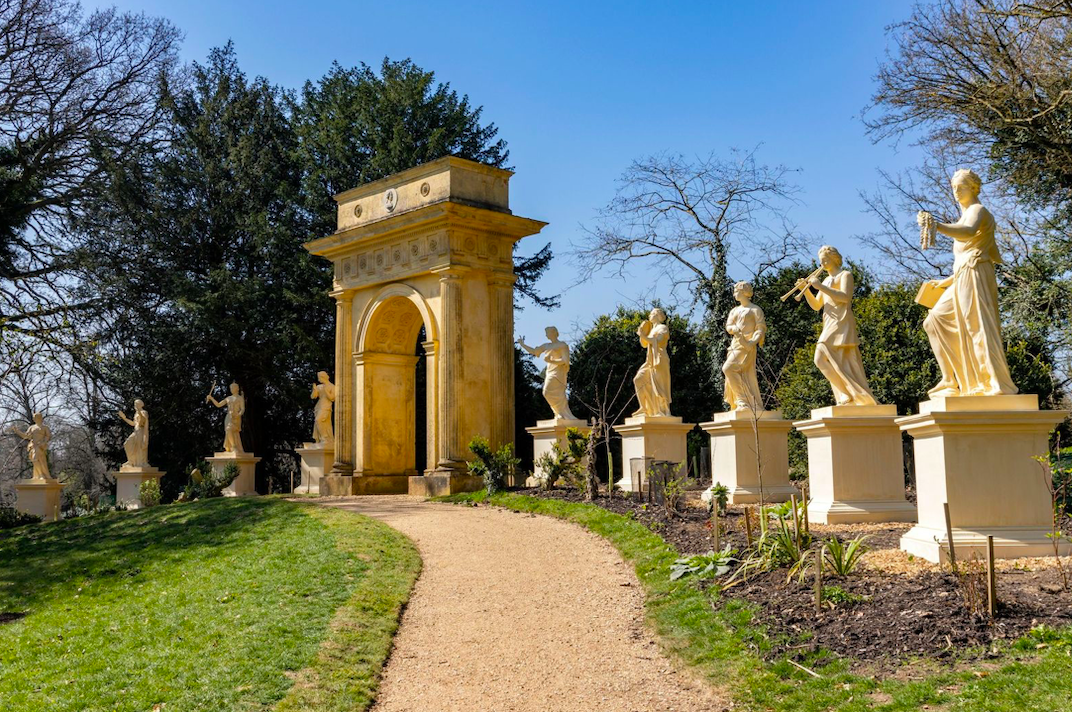
The Doric Arch with recently installed statues of the Nine Muses at Stowe by Hugh Mothersole © National Trust
For Georgian gardens head to Stowe, just over the border in Bucks: an idealised landscape of grandeur and beauty, conceived by leading architects and designers of the time (Vanbrugh, Bridgeman, Gibbs, Kent and ‘Capability’ Brown). They cleverly designed the landscape and planting to surprise and delight the visitor with unexpected views sculpted entire hills, valleys and lakes, built temples, monuments and statues. All carved out of the existing landscape. Stowe was one of the first visitor attractions in the country and is generally regarded to be the birthplace of the English Landscape Movement, influencing gardens around the world.
Imagining the lives of the people who resided and worked in those places is so much easier when you’re literally walking in their footprints. It’s a cliché for a reason - visiting these places really does bring the past to life.
Katy Dunn, National Trust







